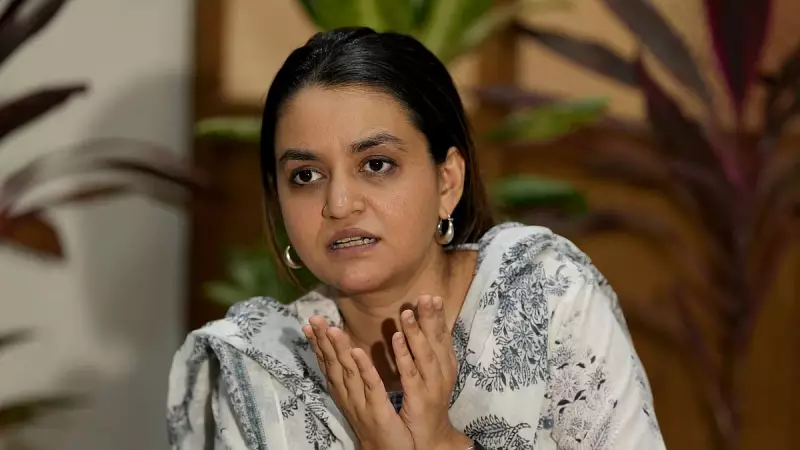
Some of India's most celebrated filmmakers have raised their voices against what they describe as severe exhibition inequality in the country's cinema landscape. The growing concern centers around the rapidly shrinking theatrical space for independent and alternative films.
The Voices of Protest
The protesting filmmakers include multiple award-winners who have earned recognition at major international film festivals. Their collective concern highlights a critical moment for Indian cinema, where commercial blockbusters increasingly dominate screen space while artistic and independent productions struggle to find theatrical audiences.
The issue came to public attention on November 17, 2025, when these prominent cinema artists decided to speak out against the systemic challenges facing non-mainstream filmmaking in India. While specific names weren't disclosed in the initial report, the description of "most celebrated names" and international award-winners suggests involvement of directors who have brought global acclaim to Indian cinema.
The Shrinking Space for Alternative Cinema
Independent filmmakers in India face multiple barriers in reaching audiences through traditional theatrical releases. The exhibition inequality manifests in several ways:
- Limited screen allocations for non-mainstream films
- Short theatrical runs even for critically acclaimed independent movies
- Preference for commercial productions in multiplex chains
- Geographic concentration in metropolitan areas
The timing of this protest coincides with a period of significant transformation in India's film exhibition sector, where streaming platforms have become alternative outlets but cannot replace the cultural experience of theatrical viewing for many filmmakers.
Implications for Indian Cinema
This growing crisis threatens the diversity of Indian cinematic expression. When independent films cannot reach audiences in theaters, it creates several long-term consequences:
Emerging filmmakers find fewer opportunities to develop their craft and connect with viewers. The ecosystem that has produced many of India's most innovative directors risks being undermined by commercial pressures.
Additionally, audiences are denied access to the full spectrum of Indian storytelling, potentially homogenizing the country's rich cinematic culture. The protest highlights the need for structural solutions that can preserve space for diverse voices within India's vibrant film industry.
The filmmakers' collective action represents a significant moment of advocacy for cultural preservation within the entertainment sector, calling attention to systemic issues that require industry-wide dialogue and potential policy interventions.





